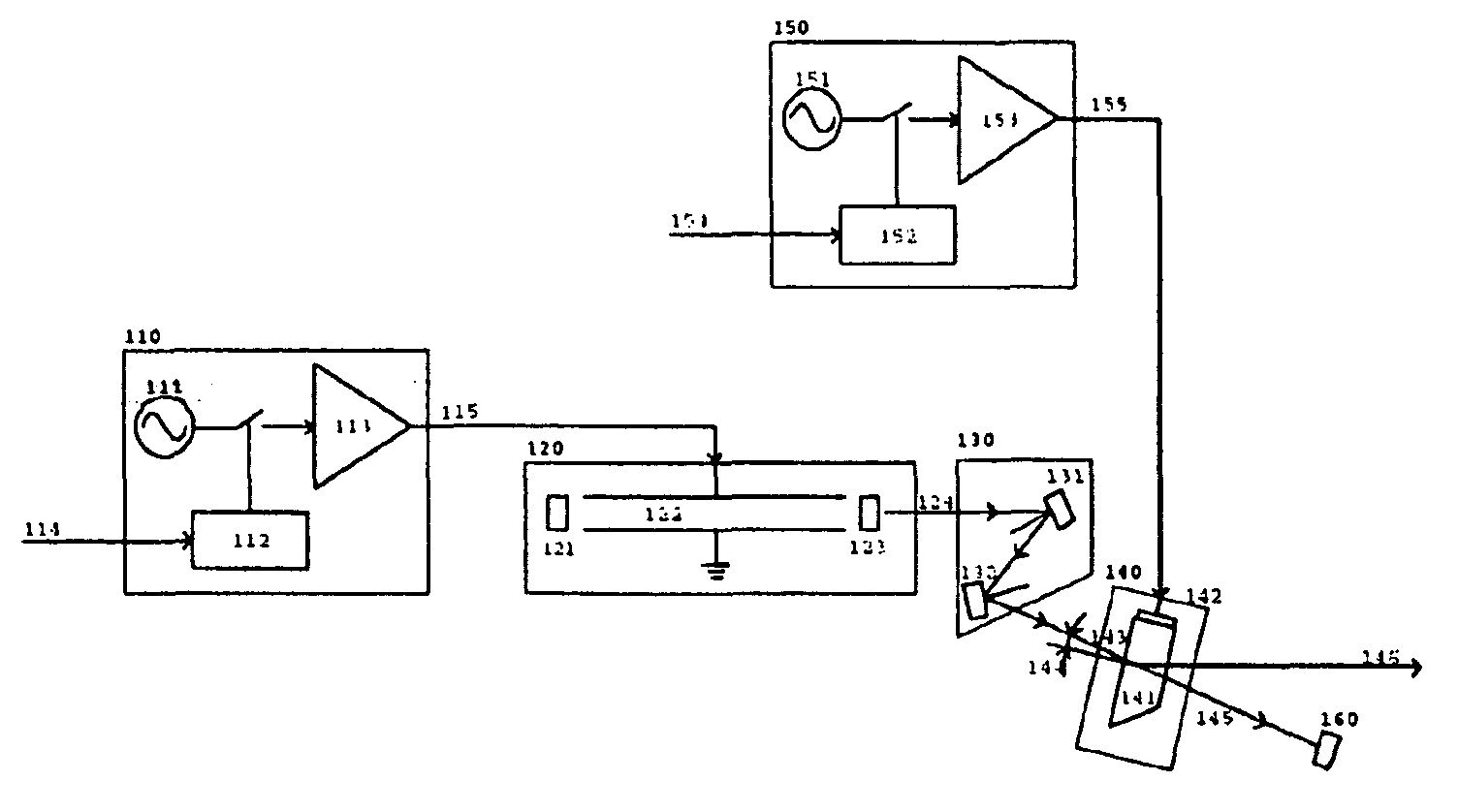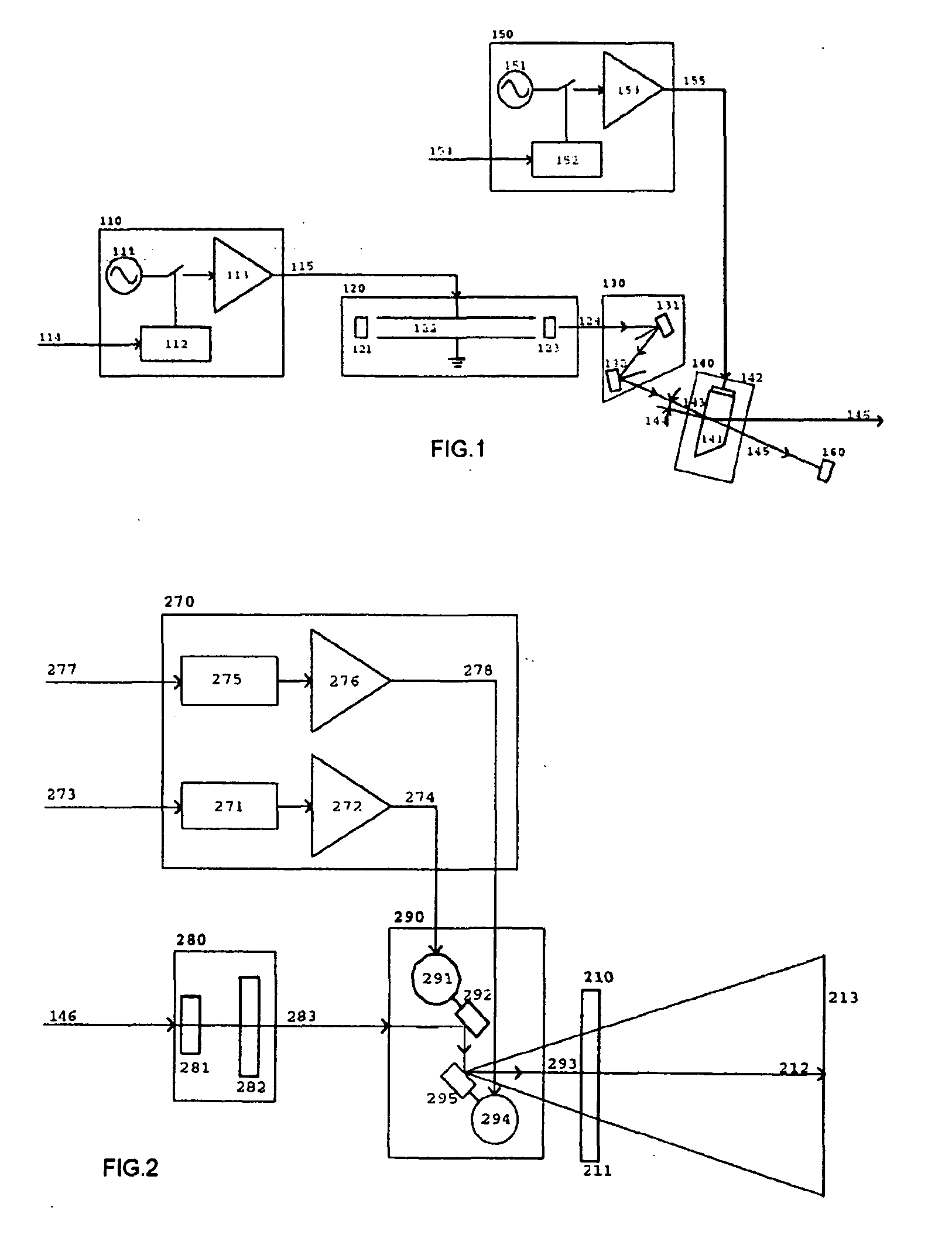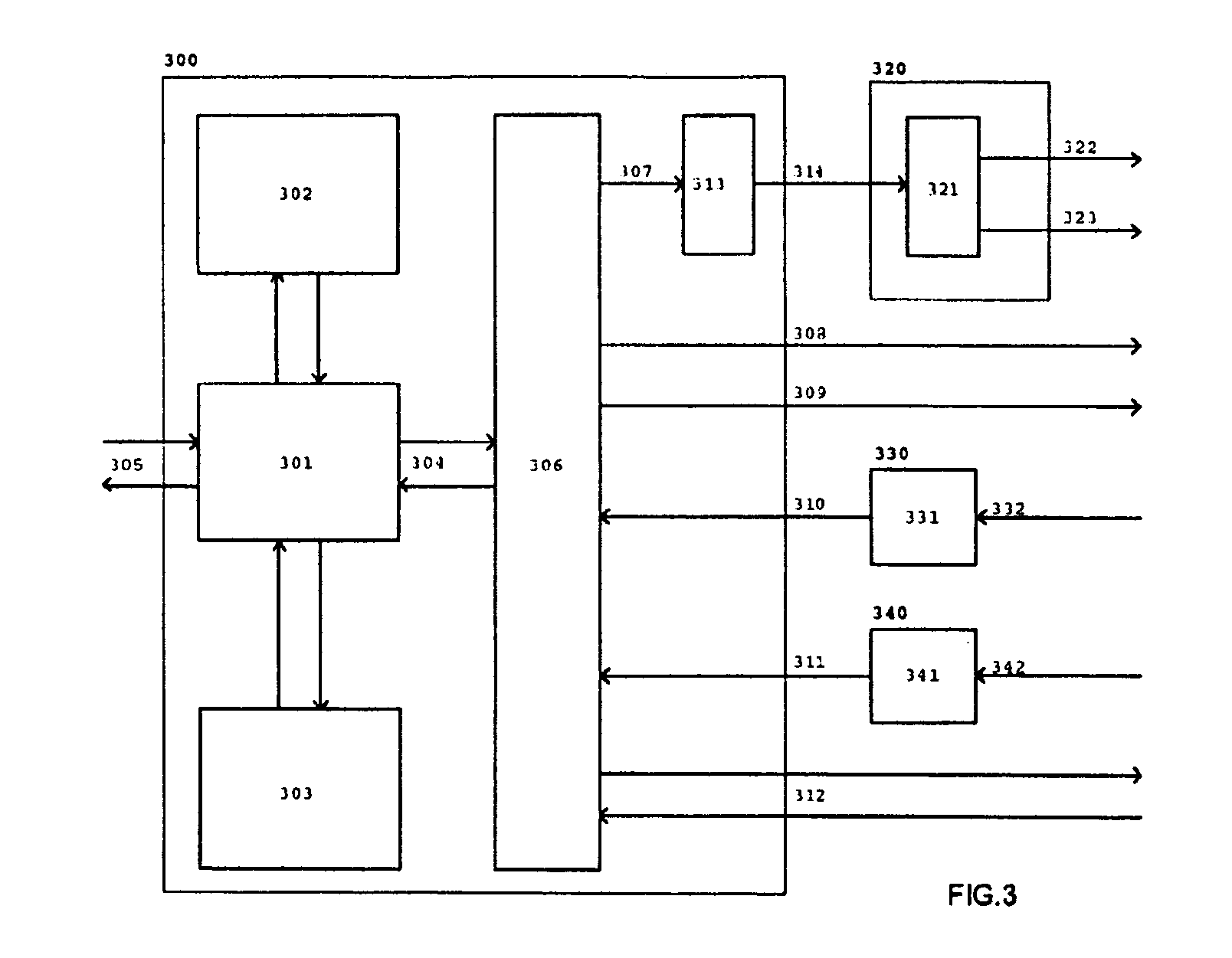Another drawback of the cork marking process using stamps, is that the
cork stopper processing company is forced to store each one of the marking plate sets, requiring large storage space in the production facilities as the years go by.
It is also true that these marking plates require maintenance, repair and replacement in many cases for other new marking plates, because by using them they become completely or partially damaged.
At present and at the end of the process, stoppers do not usually incorporate any information related to these batches called “washing batches.” Therefore, if the
winery finds, within the entire order, a sole stopper without the appropriate
chemical treatment (as an example—too much paraffin, poor
color matching, etc..), the
winery for security tends to return the whole order to the cork processing company, which can involve batches up to 100,000 with the inconvenience that this may represent.
This division included on the marking pattern represents a big problem for the current systems, since it involves an ongoing marking plate change or changing some parts of the marking plate, as if it was a
numbering revolver that changes numbers.
Usually this process is manual and limited to a few numbers / letters and requires stopping the marking process to clean and substitute the marking plates with the numbers to change.
On the other side, even though this ink marking method since its introduction years ago reached a greater
image resolution for wineries in their marking on the stoppers, bringing to these marking patterns drawings of castles, profiles of the
winery and its landscape, grounds flowers, etc., compared with the markings of the stoppers obtained previously with the old hot marking plates /
metal stamps previously used for marking by heat and pressure, it is noteworthy that the process still includes serious and annoying inconveniences associated with the ink marking, and especially in low-porous materials such as cork and that the cork industry needs to improve.
Some of the drawbacks associated with ink marking stoppers are: 1) The difficulty in performing marking patterns whose images / logos have large areas that should be marked, resulting in a cluttered image by excess of ink; 2) the need to let the cork stoppers dry for about 24 hours after being marked with ink, prior to the next
silicone / paraffin process described; 3) using a specific ink for application in materials for the
food industry, that it is being used to only mark the body of the stopper, not being allowed by the health authorities the use on the ends because sooner or later one of the ends will be in contact with the beverage contained inside the
bottle in question; 4) when changing a marking plate / stamp it is required to stop the
machine between 5 and 10 minutes not only to replace the marking plate, but also
clean up the marking mechanism and avoid the accumulation of waste that would hinder the process and deteriorate the marking quality (it has been measured the
machine's stop average time for cleaning and changing marks made by a qualified operator who oversees two ink markers, in about 1 hour a day per shift); and 5) the use of inks in
food products that governments' of all countries and end users in general to eliminate to avoid risks of food
contamination consumers.
Although such systems work quite well, they require high maintenance, have
consumables and marking plates costs, and require high labor for such tasks as well as monitoring which represents a clear
disadvantage for the industry.
To point out that the patent refers to the method of marking synthetic stoppers of that composition, that should be previously made with the right mix including the special additive, in addition to a specific type of laser for its marking, and an optical setup and focalization that are critical to achieving a proper result that does not mar the surface of the stopper, resulting in a low reliability marking process,
low speed and the inability to mark the
whole body of the stopper as well as their heads, a high investment and a variable cost (additive).
There is, however, an existing a serious problem that impedes the direct use in this application of any of the above mentioned, mainly because none of them is capable of generating frequency pulses above 100 kHz.
At the time that these settings were tried, the result was that the laser was not able to produce a regular marking, either was making holes, burning in-depth, or melting the material in the contact point with the laser beam, generating defects in the material to be processed, or that the maximum acceptable speed for the process was so slow that it was necessary to rule out the technique for not being able to be industrialized and require high investment.
 Login to View More
Login to View More 


